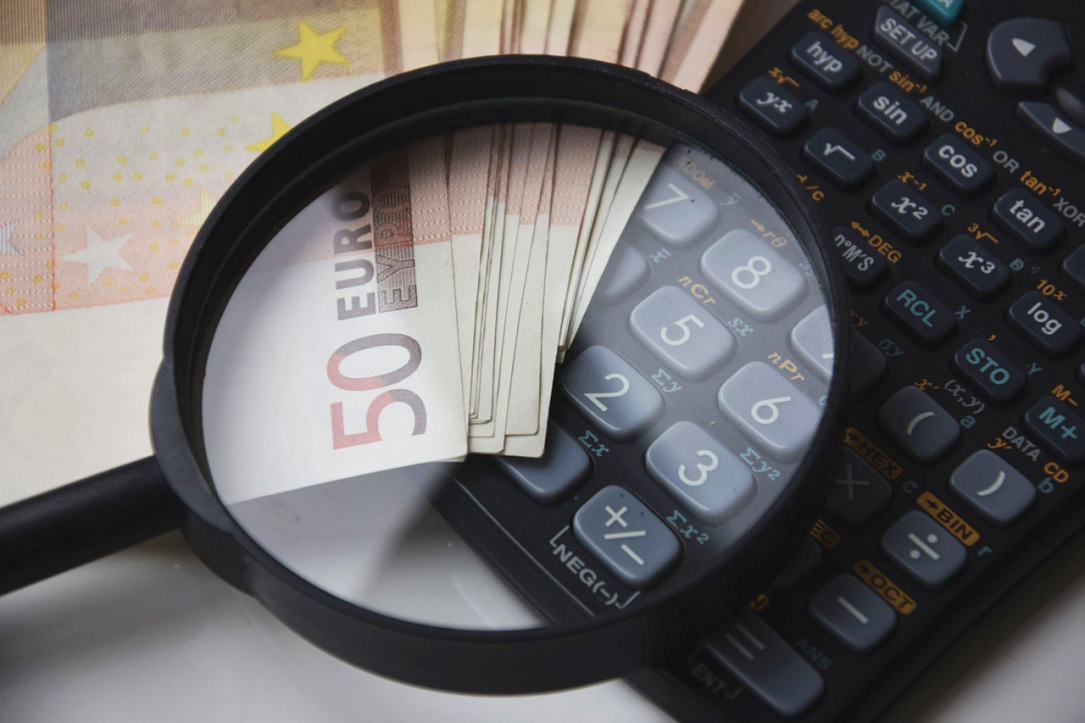Romania’s public debt up EUR 6.5 bln in Jan-Apr



Romania's total public debt increased by RON 31.6 billion (EUR 6.5 bln) in the first four months of 2020 to RON 405.1 bln (EUR 83.5 bln), according to data published by the Finance Ministry.
The debt-to-GDP ratio, calculated in line with ESA methodology based on the latest available quarterly GDP data, increased moderately from 35.2% at the end of last year to 35.9% at the end of April. The ratio was 35.3% at the end of April 2019, when the nominal debt was RON 333.4 bln (EUR 70.1 bln).
The European Commission and the Fiscal Council expect the public debt to GDP ratio to go over 45% at the end of 2020 and reach around 55% of GDP one year later - unless the Government abandons plans to hike the pensions by 40% in September this year.
Slightly more than half of the total debt at the end of April was denominated in foreign currency - meaning that local currency's weakening would make a significant impact on the Government's indebtedness.
On the upside, the foreign debt is generally medium- and long-term. Thus, short-term exchange rate volatility has limited impact allowing the central bank to focus on smoothing the interest rates with a more direct effect on the Government's financing cost.
editor@romania-insider.com
(Photo source: Pexels.com)